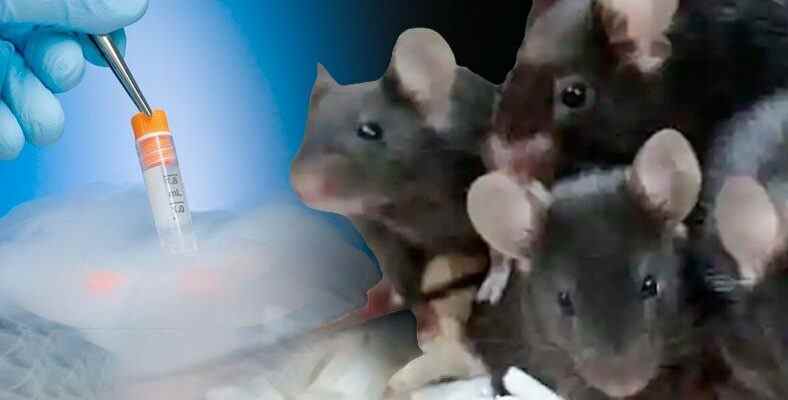For the first time in history, new mice have been cloned from frozen skin cells taken from a dead mouse. The born mice were born as genetic twins of the inherited dead mouse whose skin cell was removed and frozen a long time ago. So why was this study done, what does cloning mice mean?
Cloning of living things has been a debate in the scientific world for many years. However, cloning studies also have an important goal: to save endangered or endangered creatures. In this way, such as the food chain that changes by human or natural causes. structures that are the backbone of the ecosystem deterioration can be prevented.
To clone a living thing, scientists need undamaged cells that carry all of its genetic information. well the creature to be cloned is not alive, the entire dead body is not needed. Instead, well-preserved cells suitable for the conditions are sufficient. This method was tested in a new study.
Tissue cells obtained from the skin of the tail of a mouse that died nine months ago, with liquid nitrogen filled and dried. As a result of this process, cells died:
Biological sample tubes placed in liquid nitrogen. @Wikipedia
These frozen cells that died were thawed after 9 months under appropriate conditions. Then the female mice nucleated egg cells placed:
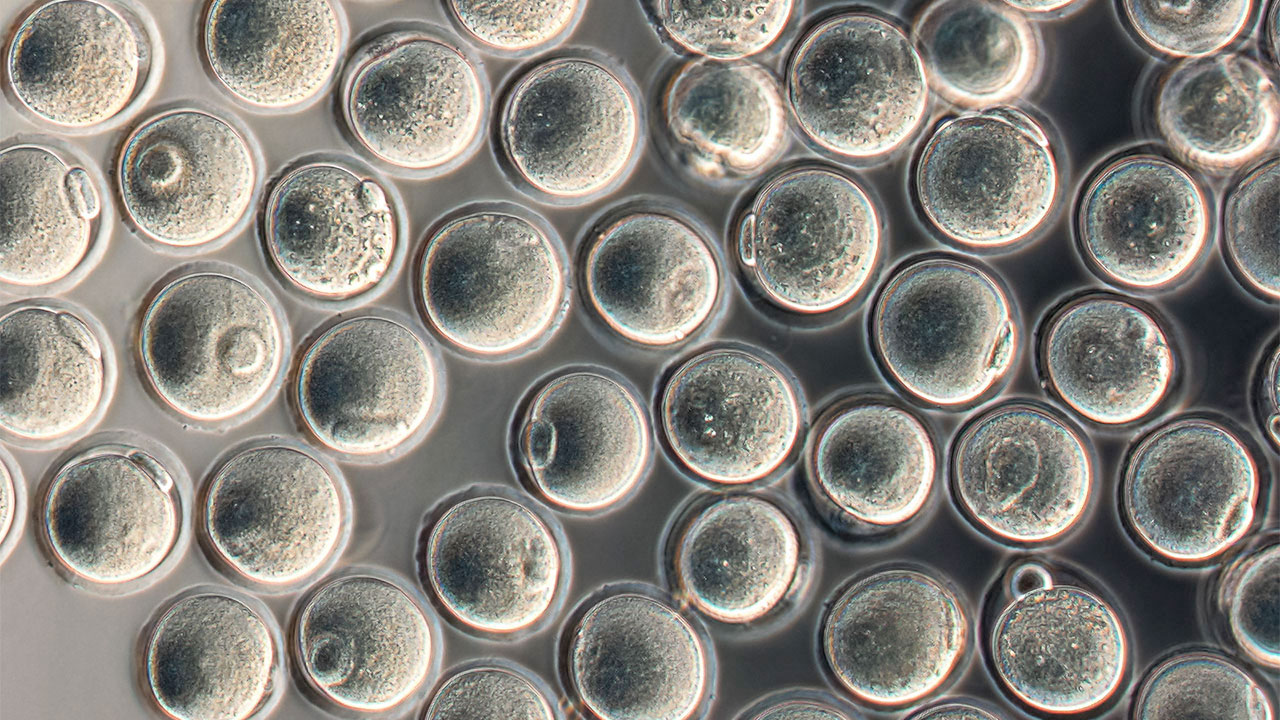
Mouse egg cells. / O. HIKABE – NATURE Magazine, Issue: 538.
“Early mouse embryos” called “blastocysts” formed in the wombs of asexually reproducing mother mice!
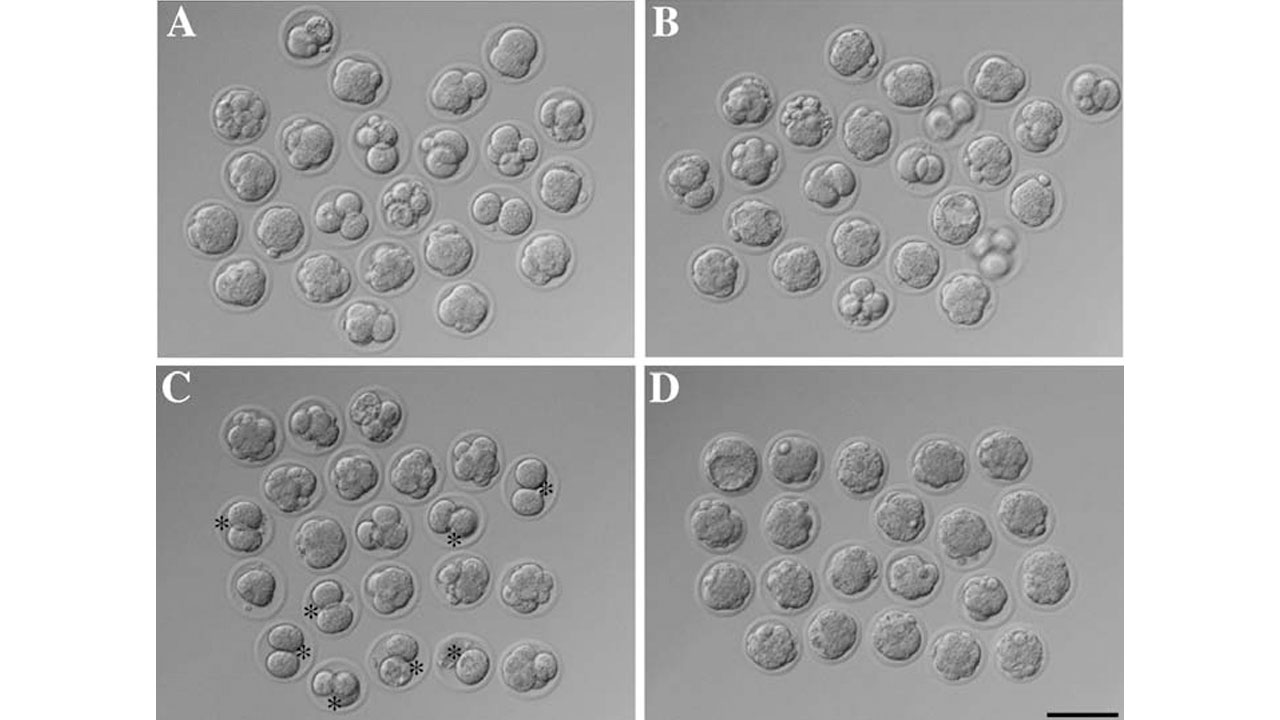
Meanwhile, it has been discovered that mouse embryos can be produced with frozen dead cells.
With these embryos, another cloning process was started for the second time. from embryos stem cellsagain implanted in nucleated egg cells of female mice:
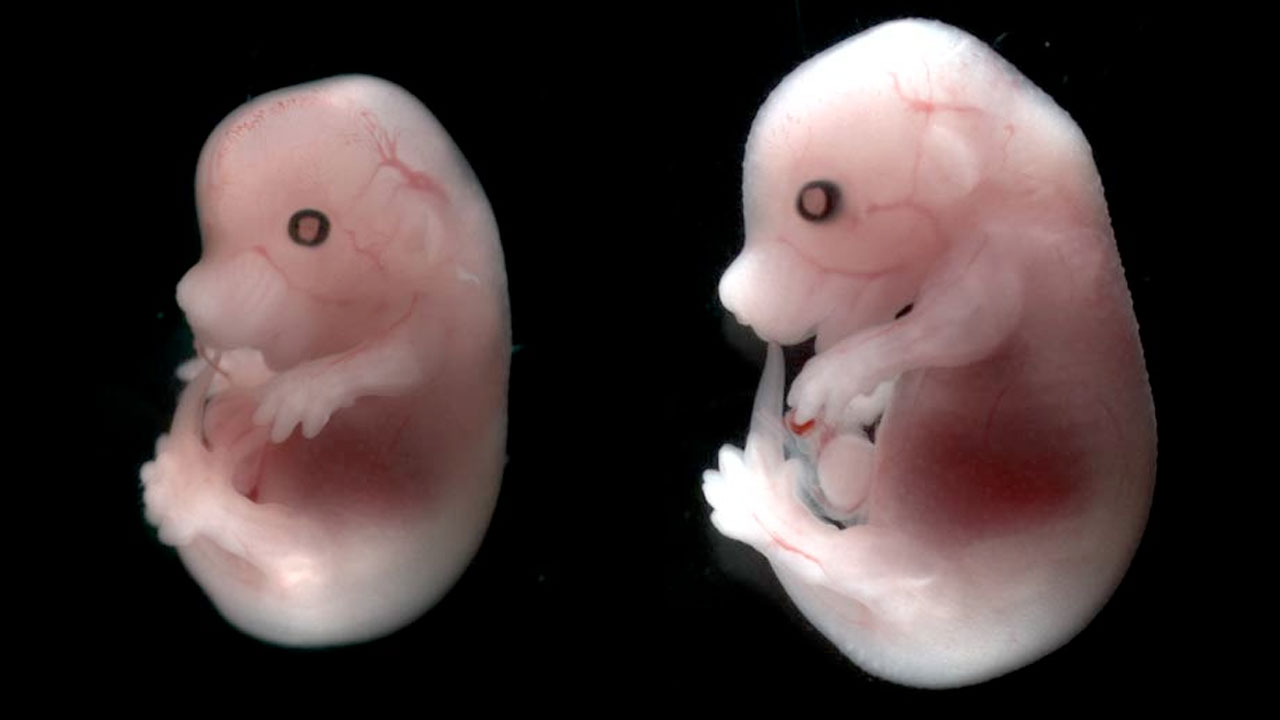
….and the result! The first mouse born this way Dorami named (the sweet black thing on the left):
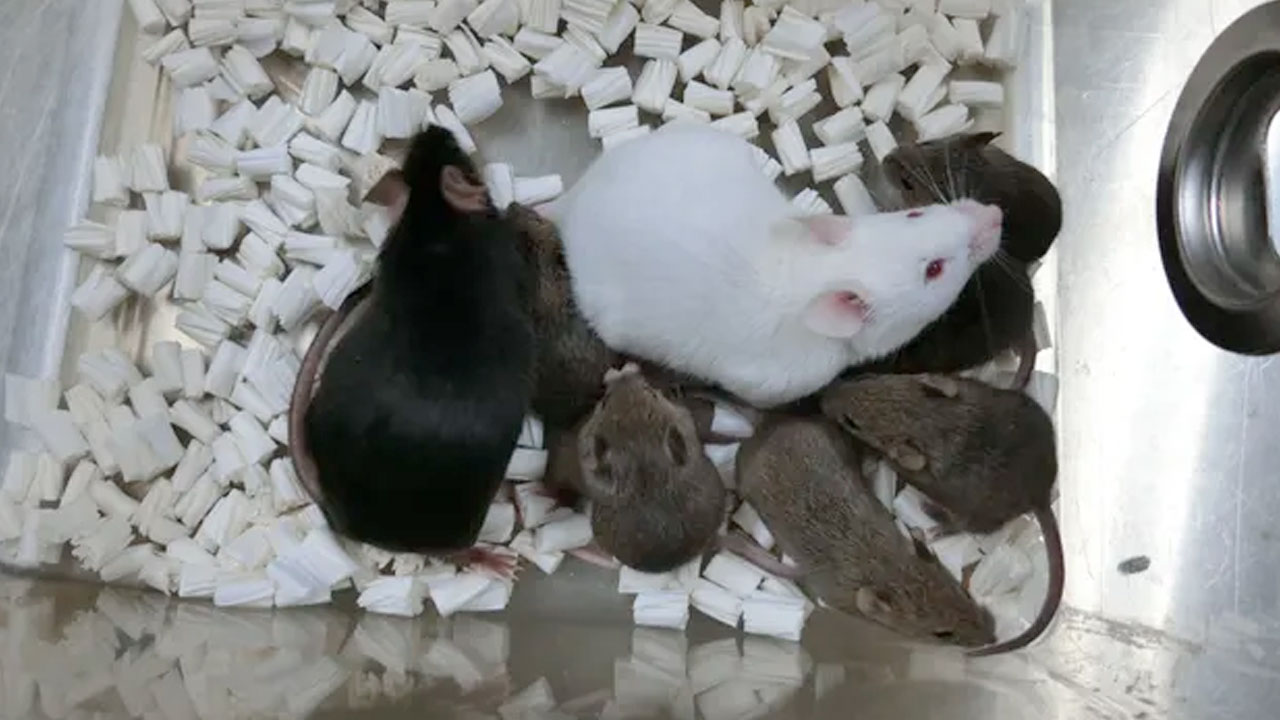
Dorami and her family, cloned from the first freeze-dried skin cell in history. @Yamanashi University
Dorami made history as the first mouse cloned from a freeze-dried skin cell. The big white mouse on the side is a normal mouse. Other little mice Children of Dorami and the white mouse couple.
The researchers then mated the cloned mice with normal mice to test their fertility. All clone female mice gave birth to offspring. However, there was one major flaw: Some cells had lost the Y chromosome! This caused the cloned mouse to be female, while the male individual had to be cloned from the frozen cells of male mice.
In the near future, the skin cells of deceased animals will be stored. This will allow them to be cloned if their generation is endangered:
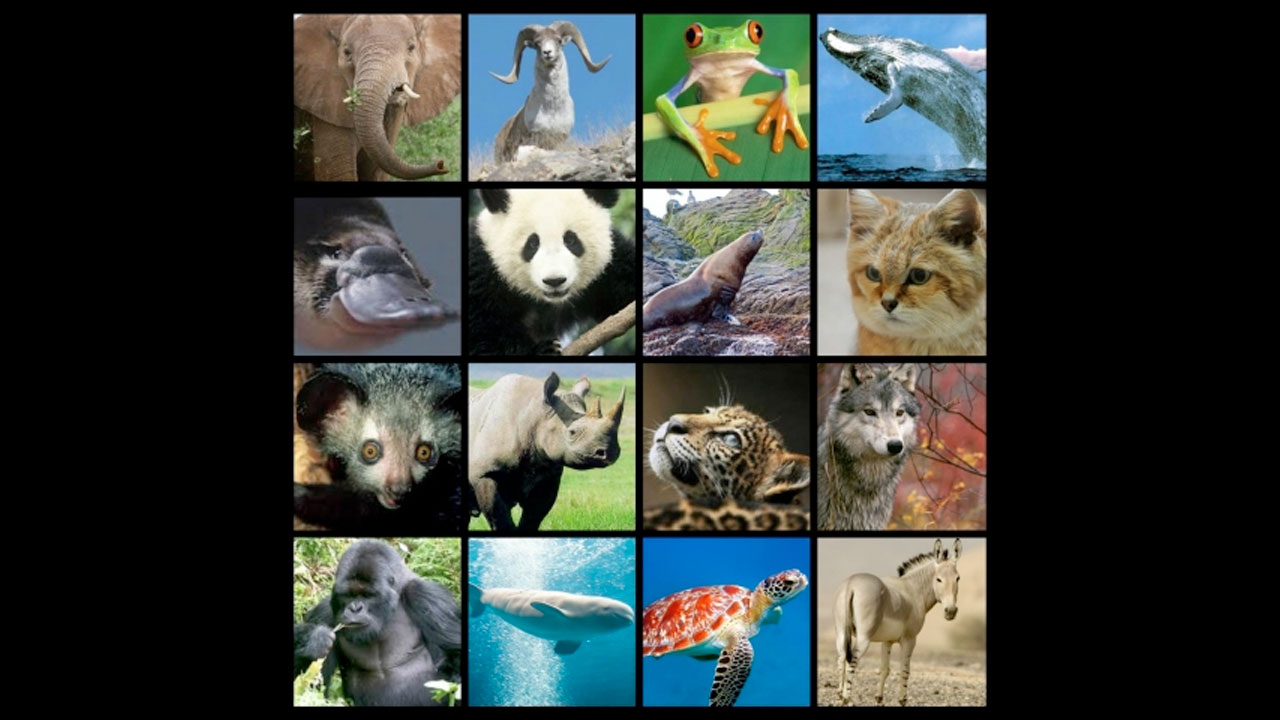
Some animals in danger of extinction
Keeping the cells to be stored for cloning intact for a long time is a very costly and risky process. These cells, which are frozen and stored in liquid nitrogen, if there is a power outage dissolves and becomes unusable. Uninterrupted and perfect preservation with liquid nitrogen also requires a very high cost and is not possible in every laboratory around the corner.
Professor, who led the research at Yamanashi University in Japan. Dr. Terugiko Wakayama “If these cells can be preserved without liquid nitrogen, it becomes easier to preserve samples from around the world. Developing countries can protect their own species in their own countries. Also, even in species where only males survive, this technology can be used to create females to revive the species.” made a statement.
Yet there is one big hurdle to discovering the ‘immortality of species’: Storage conditions!
The biggest obstacle to the widespread use of the cloning method is that the tissues of a deceased creature can be preserved intact, for many years, and at low cost. If this obstacle is overcome, humanity will perhaps have discovered the “immortality of species”.
You can find the scientific paper of the research in Nature here.
